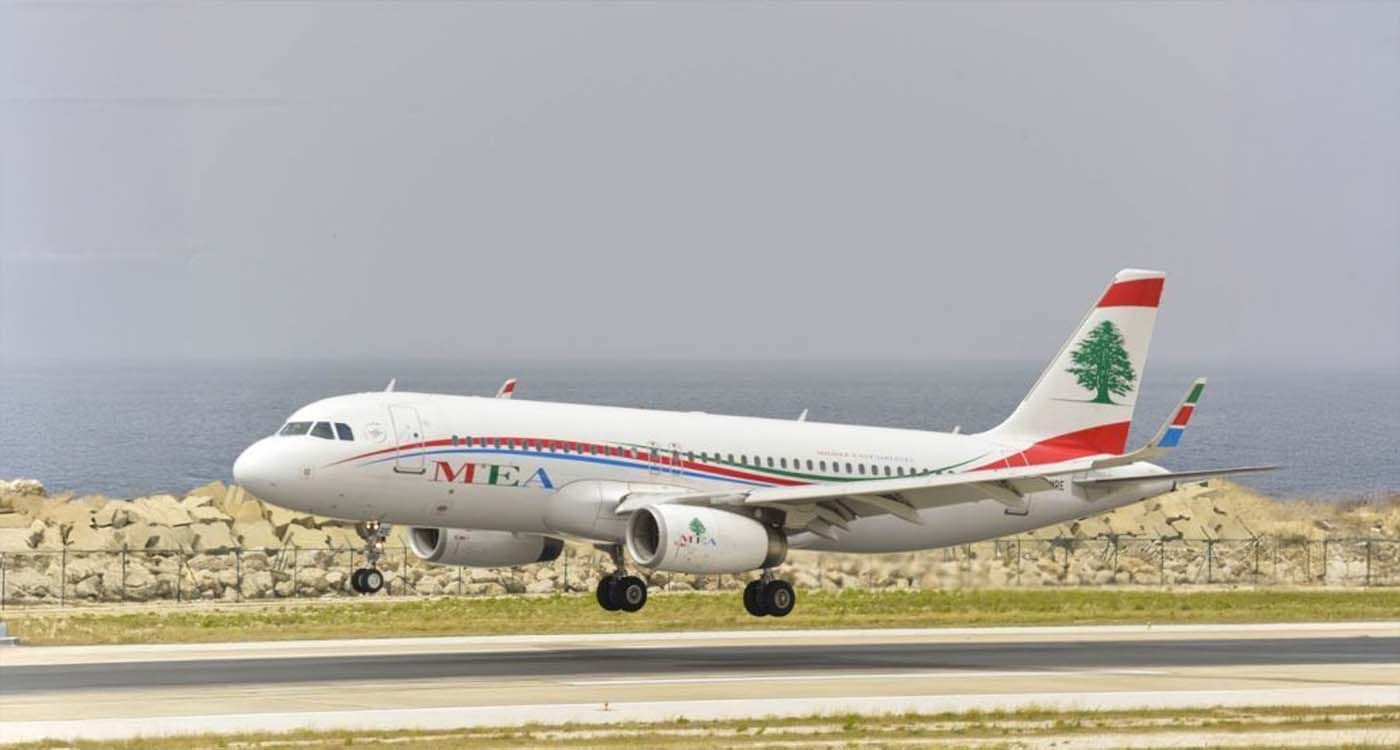
In times like these, it’s not just your seatbelt you should fasten, but your wallet too. Since the outbreak of hostilities between Israel and Iran, the global aviation sector has been caught in heavy turbulence. Congested airspace, rerouted flights and soaring operating costs: the war has taken to the skies, and airlines are bearing the brunt. A steep one.
During the Israeli airstrikes on Tehran that started on June 13, airlines steered clear of Iranian airspace and several strategic zones in the Gulf. Over the 12 days of war, more than 3,000 flights were cancelled each day, according to Flightradar24. Those that managed to take off were forced into long detours, north, east or south, to avoid the danger zone.
But these aerial zigzags come at a cost: more fuel burned, disrupted schedules, unexpected stopovers for crew changes and a series of delays. In short, planes fly farther, only to earn less.
Air Hubs Gridlocked, Skies Jammed
Another domino effect: the temporary shutdown of major hubs like Dubai and Tel Aviv, key crossroads of global travel. Their paralysis disrupted thousands of connections, even for airlines not involved in the conflict.
With Ukrainian airspace closed for more than three years, alternatives are scarce. It’s like a global traffic jam: planes queued up for their slots, just like cars waiting at a tollbooth on a holiday weekend.
Stocks Dive as Prices Take Off
The war also sent ripples through the markets. Shares of Air France-KLM, Delta and United dropped nearly 5% following the announcement of the airstrikes, according to Bloomberg. In response to the crisis, Israel had to act: an additional $8 billion in guarantees was granted to foreign airlines, adding to the $6 billion already released since October 2023.
Regardless of this support, passenger fares are set to rise, especially on long-haul routes. When security comes at a high cost, it’s usually the passenger who ends up footing the bill.
Where Does Lebanon Stand?
In Beirut, Middle East Airlines (MEA) CEO Mohammad el-Hout reminded viewers on LBCI that the airline has “fulfilled its national duty since the 2023 war,” while emphasizing that prices are set by supply and demand at an airport still serving 32 airlines.
MEA has avoided risky zones to the north – in Syria and Iraq. But with soaring insurance premiums, rampant inflation, rising aircraft costs and increasing salaries, the bill remains heavy.
There is, however, some good news: a low-cost carrier affiliated with MEA is well underway, with a planned launch in March 2027. Meanwhile, Lebanon lost 150,000 passengers during the 12 days of war: 90,000 arrivals and 60,000 departures.
Caught between regional conflicts, global inflation and congested air corridors, flying is becoming increasingly costly. And this time, even the skies aren’t free.
If peace benefits everyone, airlines and passengers now have even more reason to hope for smoother journeys and affordable fares.



Comments